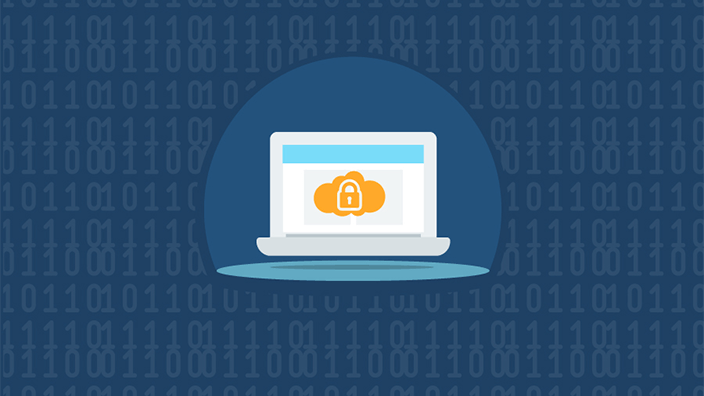In today’s digital world, it’s not enough to just have an online presence. You need to be able to manage the day-to-day operations of your business through a user-friendly and secure digital platform. That’s where a Cisco® Nexus® switch comes in. A switch, or switching device, is basically a computer that connects one or more LAN segments together, forming a network. They use VLAN technology as well as other protocols like Spanning Tree Protocol (STP) or Rapid Spanning Tree Protocol (RSTP) to create separate logical networks within the same physical space. These switches are ideal for small businesses who don’t possess knowledgeable IT staff members at their disposal or who need virtual LAN management capabilities with fewer investments than buying dedicated networking solutions. The fact that they are affordable and easy to use makes them even better value for money. If you operate your own small business and want to know how to set up your first Cisco switch basic configuration, keep reading!

What is a Cisco Switch?
A Cisco switch is used to connect network devices together, forming a network. They also enable the use of virtual LANs (VLANs) that separate network traffic into different groups with the hope of improving performance. VLANs are commonly used to segment networks into different technical sub-units for managing, moving, and routing data between devices. A Cisco switch is essentially a specialized computer that is responsible for managing and routing data across a network. It’s used to connect multiple devices together, like a router. It’s also known as a MAN (management and adjunctive network) switch because it is used to manage and route data on a network. It’s also known as a cross-networking switch because it can connect networks together. And it’s also known as a Layer 2 switch because it only operates at Layer 2 of the OSI model. It’s possible to expand its capabilities by adding a layer 3 switch.
Cisco Switch Hardware
A Cisco switch will come with a certain number of ports and slots depending on the model you choose. You can use these ports for connecting ports on other devices or for plugging in servers for network access. The type of switch you choose depends on your needs and how many devices you want to connect to the network. There are two major types: small business switches and data center switches.
Small business switches are equipped with only a few, low-speed ports that are ideal for connecting devices for basic tasks, like file sharing or printing. For example, small businesses can use a switch to connect a printer, a computer, and a fax machine, among other devices. Data center switches, on the other hand, are high-speed switches that are designed for connecting large numbers of devices to the network, like servers, storage systems, and so on. They are also known as core switches because they are located in the core of a data center and perform the most important functions, like routing and switching data.
How to Set up a Cisco Switch Basic Configuration
Setting up a Cisco switch is straightforward. Follow these steps to get started: First, make sure that the switch is properly connected to your network. Flip the power switch on the switch to turn it on. If you have a new switch, you will also have to initialize the switch. This can be done by flipping the switch from the Off position to the On position. Initializing a new switch resets the switch, so you must configure it again. After you connect the switch to your network, you need to make sure that it has been assigned an IP address from your network’s DHCP server. You can find the IP address of your router by using a network utility. Next, you need to set up the switch’s IP addressing. This can be done with a network utility.
Step 4: Create VLANs for Network Segmentation
To create a segregated network, you need to use the VLAN feature on a switch. VLANs, short for virtual LANs, are logical groupings of devices on a switch. They allow you to organize your network into multiple subnets and segment them based on the type of work you do and the type of devices you use. For example, a restaurant might have one VLAN for kitchen devices and another for wait staff and customers. A business can use VLANs to separate network traffic based on departments, locations, or even customers. VLANs can be used to help with security by allowing devices to communicate only with devices on their own VLAN. You can also use VLANs to improve performance by allowing devices to share the same port on the switch, saving resources.
Step 5: Final Testing and Configuration
Now that you’ve set up your Cisco switch basic configuration, make sure that it can reach your devices. For this, you will use an IP utility. You can either connect a device to the switch port or use an external utility to ping the IP address of each device. If the devices don’t ping, make sure that the switch port is properly connected. You can also check the switch configuration to make sure that the settings are correct. To check the Cisco switch basic configuration of your switch, open a network utility and enter the IP address of your switch. Next, select your switch and make sure that the configuration settings are correct. If you have made a mistake, you can always reset the switch by flipping the power switch on the back of the switch.
Conclusion
For all the small and medium-sized businesses (SMBs), a Cisco switch is a good choice. It’s simple to set up and operate, it consumes less power, and it’s affordable. It offers scalability and is highly flexible, with functionality that can be expanded with a layer 3 switch. A Cisco switch is a network device that enables the separation and segmentation of network traffic. It enables the creation of virtual local networks (VLANs) that provide a way of segmenting traffic between devices on your network.




